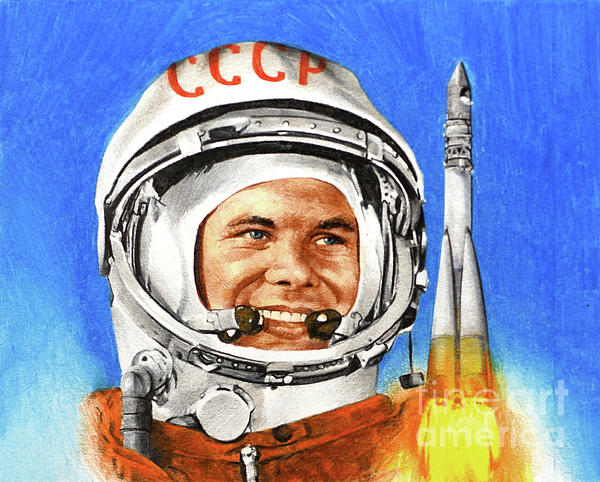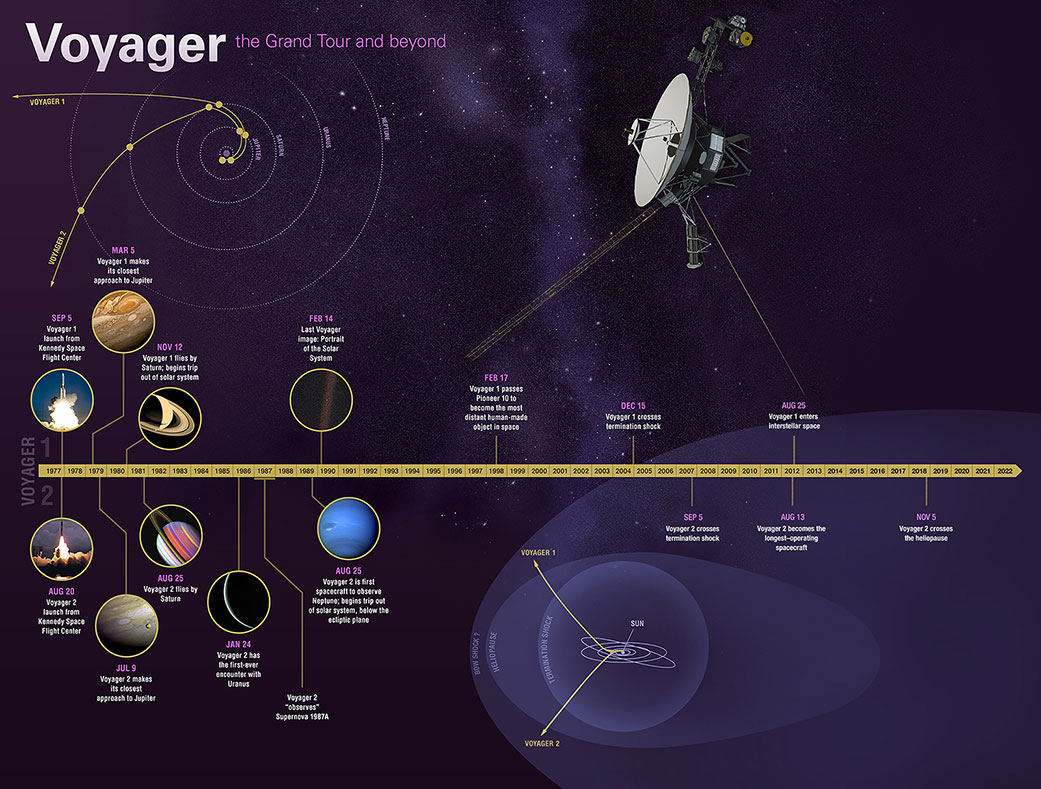Sputnik 1 (1957) :max_bytes(150000):strip_icc()/GettyImages-151541875-adcfc13d221e40e4946f571b57180f3d.jpg)
On October 4, 1957, the Soviet Union launched Sputnik 1, the first artificial satellite to orbit Earth, marking the beginning of the space age. The satellite was a simple, spherical design measuring 58 cm in diameter and weighed about 83.6 kg, equipped with four antennas that transmitted radio signals detectable by amateur radio operators worldwide. Sputnik 1 orbited the Earth every 96 minutes and provided valuable data on atmospheric density and radio wave propagation until its batteries depleted after three weeks. Its successful launch shocked the United States and intensified the Cold War tensions, igniting the Space Race between the two superpowers.
Yuri Gagarin (1961)

Apollo 11 (1969)

Apollo 11 was a historic space mission conducted by the United States from July 16 to July 24, 1969, marking the first time humans landed on the Moon. The mission was launched aboard a Saturn V rocket, carrying Commander Neil Armstrong, Command Module Pilot Michael Collins, and Lunar Module Pilot Buzz Aldrin. On July 20, Armstrong and Aldrin successfully landed the Lunar Module Eagle in the Sea of Tranquility, where Armstrong became the first person to step onto the lunar surface, famously declaring, “That’s one small step for [a] man, one giant leap for mankind.” The mission returned to Earth with approximately 21.5 kilograms (47.5 pounds) of lunar samples and fulfilled President John F. Kennedy’s goal of landing a man on the Moon before the decade’s end, significantly advancing space exploration and science.
Voyager Missions (1977-Present)

The Voyager missions, launched in 1977, consisted of two spacecraft, Voyager 1 and Voyager 2, designed to explore the outer planets of our solar system. Both spacecraft took advantage of a rare planetary alignment that allowed them to perform a “grand tour” of Jupiter, Saturn, Uranus, and Neptune using gravitational assists to minimize fuel consumption. Voyager 1 made its closest approach to Jupiter in March 1979 and Saturn in November 1980, while Voyager 2 followed with flybys of Uranus in January 1986 and Neptune in August 1989. Both probes have since entered interstellar space, continuing to send back valuable scientific data about cosmic rays and the heliosphere, with their missions expected to last into the 2030s.